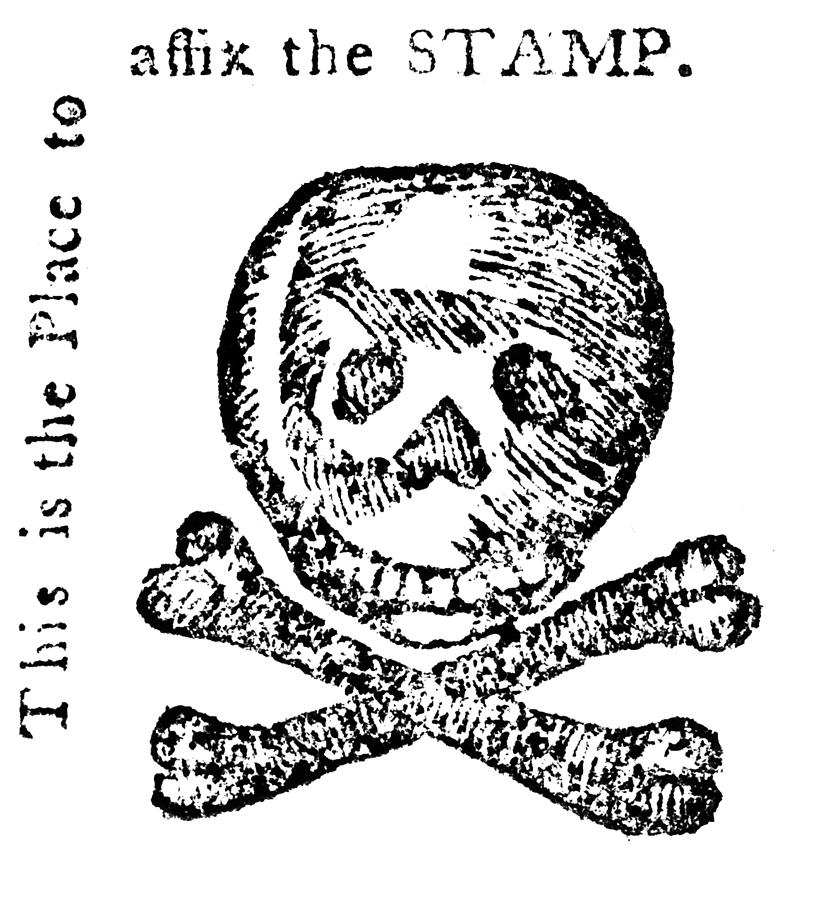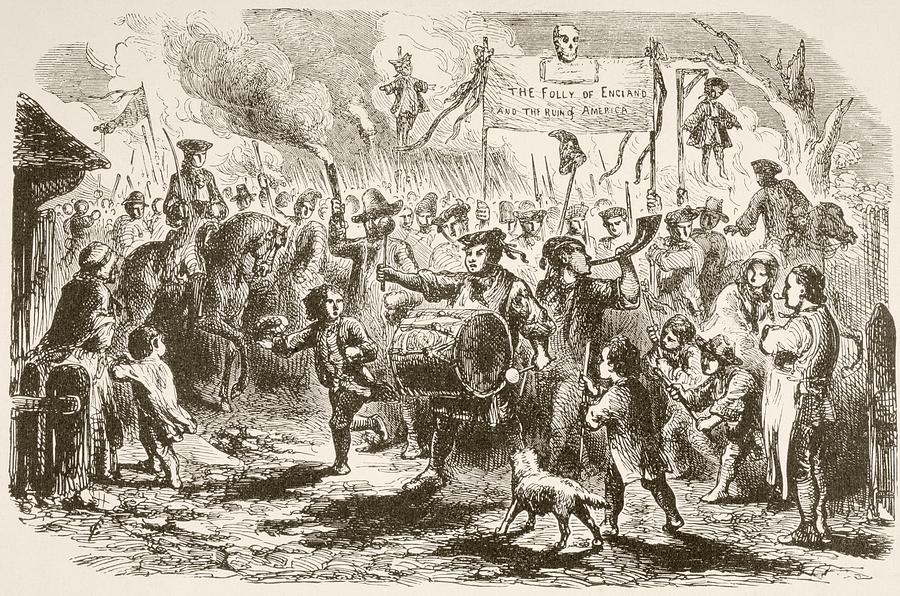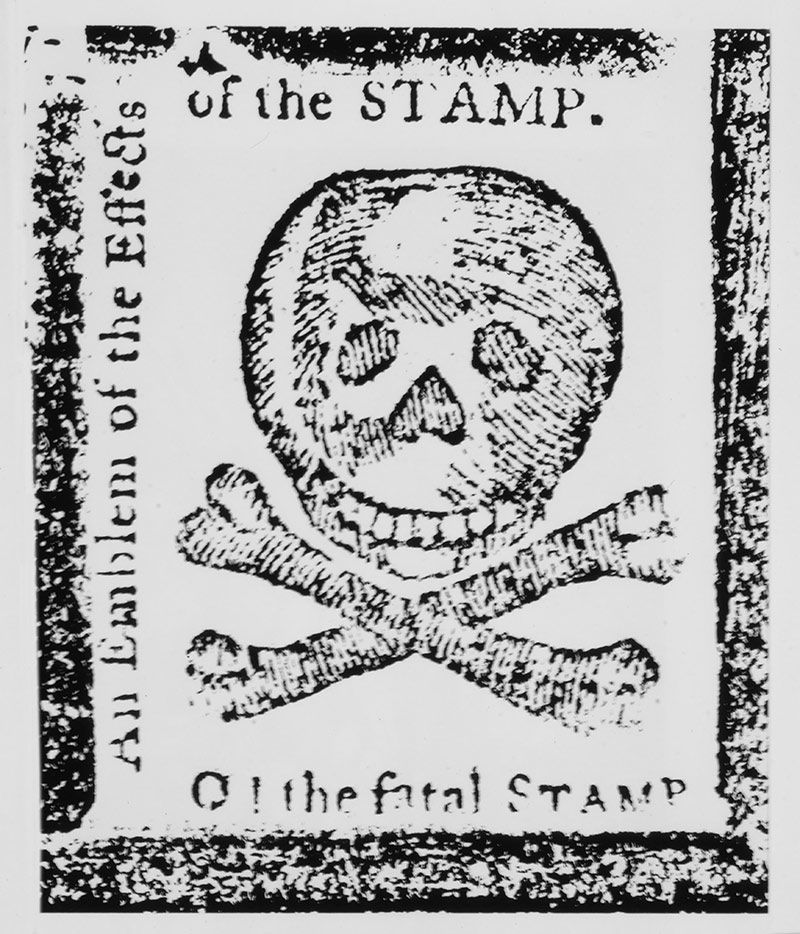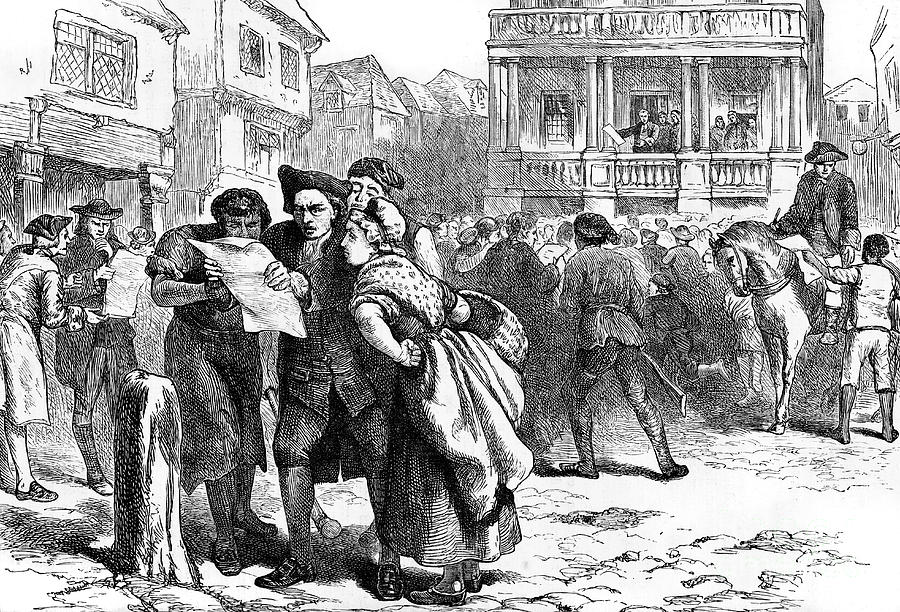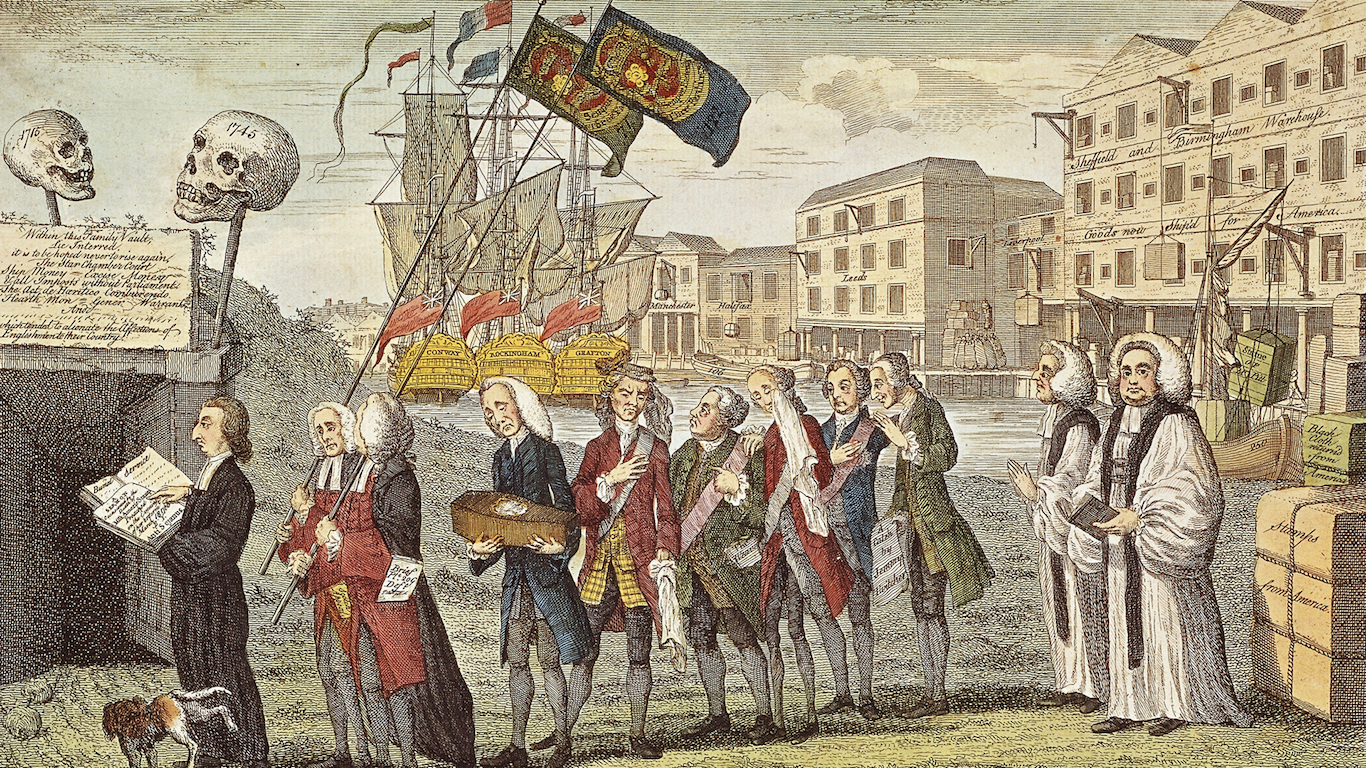Stamp Act Drawings
Stamp Act Drawings - | cartoon shows the hand of soviet foreign minister molotov stamping no on various papers calling for an atom bomb plan, a european recovery conference, and a japanese peace treaty. The colonists put their words into action and enacted widespread boycotts of british goods. Web the stamp act, which was passed by the british parliament in march of 1765, required all american colonists to pay a tax on every piece of printed paper that they used. Text of the stamp act, reprinted from an edition published by authority, at london, in 1765. Cartoon shows the hand of soviet foreign minister molotov stamping no on various papers calling for an atom bomb plan, a european recovery conference, and a japanese peace treaty. The use of the stamped paper was required for newspapers, books, court documents, commercial papers, land deeds, almanacs, dice, and playing cards. Two groups, the sons of liberty and the daughters of liberty , led the popular resistance to the stamp act. Web the stamp act 1765, also known as the duties in american colonies act 1765 (5 geo. Web on march 22, 1765, the british parliament passed the “stamp act” to help pay for british troops stationed in the colonies during the seven years’ war. It required the colonists to pay a tax on all paper materials including legal documents, newspapers, almanacs, diplomas, calendars, and playing cards. The bill received royal assent from king george iii on march. Web stamp act, first british parliamentary attempt (in 1765) to raise revenue through direct taxation of all american colonial commercial and legal papers, newspapers, pamphlets, cards, almanacs, and dice. Also available in digital form. It required the colonists to pay a tax on all paper materials including legal documents, newspapers, almanacs, diplomas, calendars, and playing cards. 12), was an act of the parliament of great britain which imposed a direct tax on the british colonies in america and required that many printed materials in the colonies be produced on stamped paper from london which included an embossed revenue stamp. The use of the stamped paper was required for newspapers, books, court documents, commercial papers, land deeds, almanacs, dice, and playing cards. Web on march 22, 1765, the british parliament passed the “stamp act” to help pay for british troops stationed in the colonies during the seven years’ war. Web while these gentry were drafting their grievances during the stamp act congress, other colonists showed their distaste for the new act by boycotting british goods and protesting in the streets. Web the passage of the stamp act meant that starting on november 1, 1765, the colonists would contribute £60,000 per year—17 percent of the total cost—to the upkeep of the ten thousand british soldiers in north america. Web the stamp act 1 drawing. The act required the colonists to pay a tax, represented by a stamp, on various forms. | cartoon shows the hand of soviet foreign minister molotov stamping no on various papers calling for an atom bomb plan, a european recovery conference, and a japanese peace treaty. Cartoon shows the hand of soviet foreign minister molotov stamping no on various papers. The caption refers to the infamous tax imposed on the american colonies by the british government in 1765. Papers that were used daily such as newspapers, legal documents, and. Web a political cartoon depicting the repeal of the stamp act in march 1766. A stamp act congress was convened in the colonies to decide what to do. The act required. Web stamp act, first british parliamentary attempt (in 1765) to raise revenue through direct taxation of all american colonial commercial and legal papers, newspapers, pamphlets, cards, almanacs, and dice. Two groups, the sons of liberty and the daughters of liberty , led the popular resistance to the stamp act. The caption refers to the infamous tax imposed on the american. 12), was an act of the parliament of great britain which imposed a direct tax on the british colonies in america and required that many printed materials in the colonies be produced on stamped paper from london which included an embossed revenue stamp. The caption refers to the infamous tax imposed on the american colonies by the british government in. Web from patrick henry in virginia to james otis in massachusetts, americans voiced their protest. Web while these gentry were drafting their grievances during the stamp act congress, other colonists showed their distaste for the new act by boycotting british goods and protesting in the streets. A stamp act congress was convened in the colonies to decide what to do.. Web the stamp act of 1765 was the first internal tax levied directly on american colonists by the british parliament. The use of the stamped paper was required for newspapers, books, court documents, commercial papers, land deeds, almanacs, dice, and playing cards. Click a thumbnail panel link to scroll additional thumbnails into view. Web a political cartoon depicting the repeal. Two groups, the sons of liberty and the daughters of liberty , led the popular resistance to the stamp act. Web text of the stamp act, reprinted from an edition published by authority, at london, in 1765 The caption refers to the infamous tax imposed on the american colonies by the british government in 1765. Web the act required that. Web the stamp act 1765, also known as the duties in american colonies act 1765 (5 geo. It imposed a direct tax on all printed material in the north american colonies. | cartoon shows the hand of soviet foreign minister molotov stamping no on various papers calling for an atom bomb plan, a european recovery conference, and a japanese peace. Web the stamp act 1765, also known as the duties in american colonies act 1765 (5 geo. The stamp act was enacted in 1765 by british parliament. Click a thumbnail to view the full size image. Web stamp act congress, meeting convened in new york city (october 1765) by representatives of nine of the american colonies to frame resolutions of. Text of the stamp act, reprinted from an edition published by authority, at london, in 1765. Web the stamp act of 1765 was the first internal tax levied directly on american colonists by the british parliament. Web on march 22, 1765, the british parliament passed the “stamp act” to help pay for british troops stationed in the colonies during the. | cartoon shows the hand of soviet foreign minister molotov stamping no on various papers calling for an atom bomb plan, a european recovery conference, and a japanese peace treaty. Click a thumbnail to view the full size image. Cartoon shows the hand of soviet foreign minister molotov stamping no on various papers calling for an atom bomb plan, a european recovery conference, and a japanese peace treaty. The stamp act was enacted in 1765 by british parliament. The use of the stamped paper was required for newspapers, books, court documents, commercial papers, land deeds, almanacs, dice, and playing cards. The most politically active segments of colonial society—printers, publishers, and lawyers—were the most negatively affected by the act. Web the stamp act of 1765 generated intense opposition with the american colonists, who called for a boycott of british imports. Text of the stamp act, reprinted from an edition published by authority, at london, in 1765. Web stamp act, first british parliamentary attempt (in 1765) to raise revenue through direct taxation of all american colonial commercial and legal papers, newspapers, pamphlets, cards, almanacs, and dice. Web the stamp act of 1765 was an act of parliament that levied taxes on the american colonies for the purpose of raising revenue for the british treasury. It required the colonists to pay a tax on all paper materials including legal documents, newspapers, almanacs, diplomas, calendars, and playing cards. Web the stamp act was a tax imposed on the thirteen american colonies by the parliament of great britain. Also available in digital form. Two groups, the sons of liberty and the daughters of liberty , led the popular resistance to the stamp act. Web on march 22, 1765, the british parliament passed the “stamp act” to help pay for british troops stationed in the colonies during the seven years’ war. Web the act required that all sorts of printed material carry a stamp (purchased from a government agent) to show that the tax had been paid.Stamping Out the Stamp Act JSTOR Daily
Stamp Act Of 1765 For Kids
Stamp Act
The Stamp Act Riots In New York, 1765 Drawing by Vintage Design Pics
The Stamp Act History Today
Stamp Act ClipArt ETC
Bostonians Reading The Stamp Act, 1765 by Print Collector
Stamp Act Drawn Project YouTube
stamp act 1765 Stamp Act Paintings Fine Art America
Newsela The Stamp Act of 1765
Web While These Gentry Were Drafting Their Grievances During The Stamp Act Congress, Other Colonists Showed Their Distaste For The New Act By Boycotting British Goods And Protesting In The Streets.
It Imposed A Direct Tax On All Printed Material In The North American Colonies.
Web The Passage Of The Stamp Act Meant That Starting On November 1, 1765, The Colonists Would Contribute £60,000 Per Year—17 Percent Of The Total Cost—To The Upkeep Of The Ten Thousand British Soldiers In North America.
Also Available In Digital Form.
Related Post:

